All trees have to start somewhere, and the same can be said of Japanese maple seeds. Beautiful and boasting vibrant colors in the fall, Japanese maple trees are beloved around the world. But have you ever considered growing your own from seed, and how can you best care for your sapling as it grows into a fully formed tree?
Japanese maple trees can be grown from seed, but they may not match their parent tree. However, you can stratify your maple seeds after soaking them for 24 hours, then place them between paper towels and leave them in your fridge for 3 months. Once they have germinated successfully, transfer your seeds into containers and cover them lightly with potting soil. Water, and let your seedlings grow!
But what should you know about Japanese maple trees before you get your seeds started? Here’s how to grow your own tree, from the best variety for your area to harvesting your maple seeds.
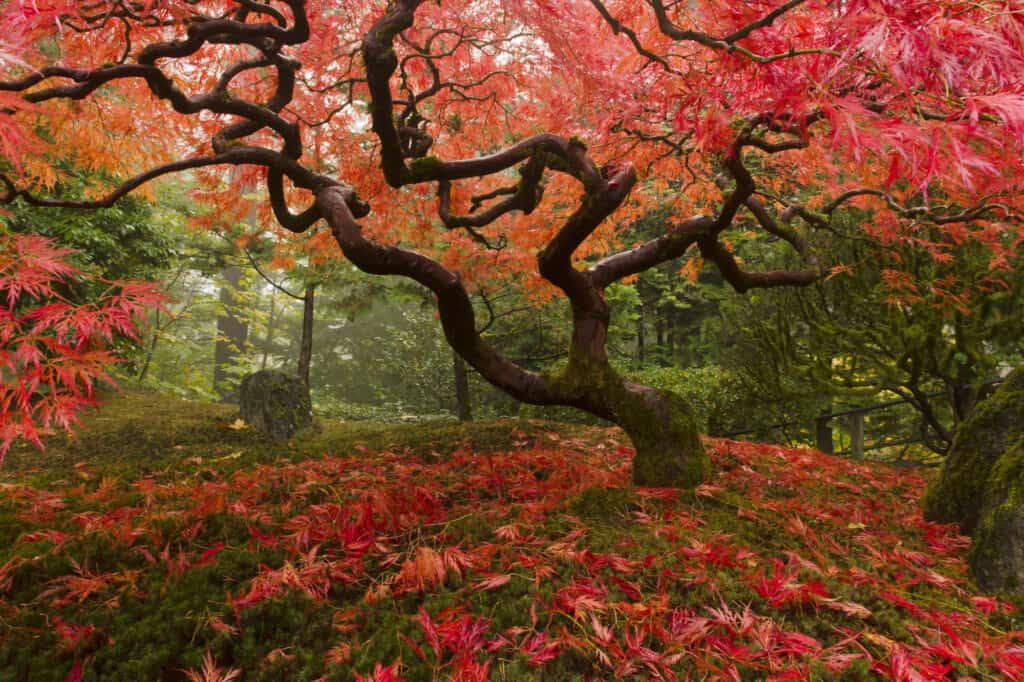
Jason Vandehey/Shutterstock.com
Japanese Maple Seeds: Everything You Need to Know
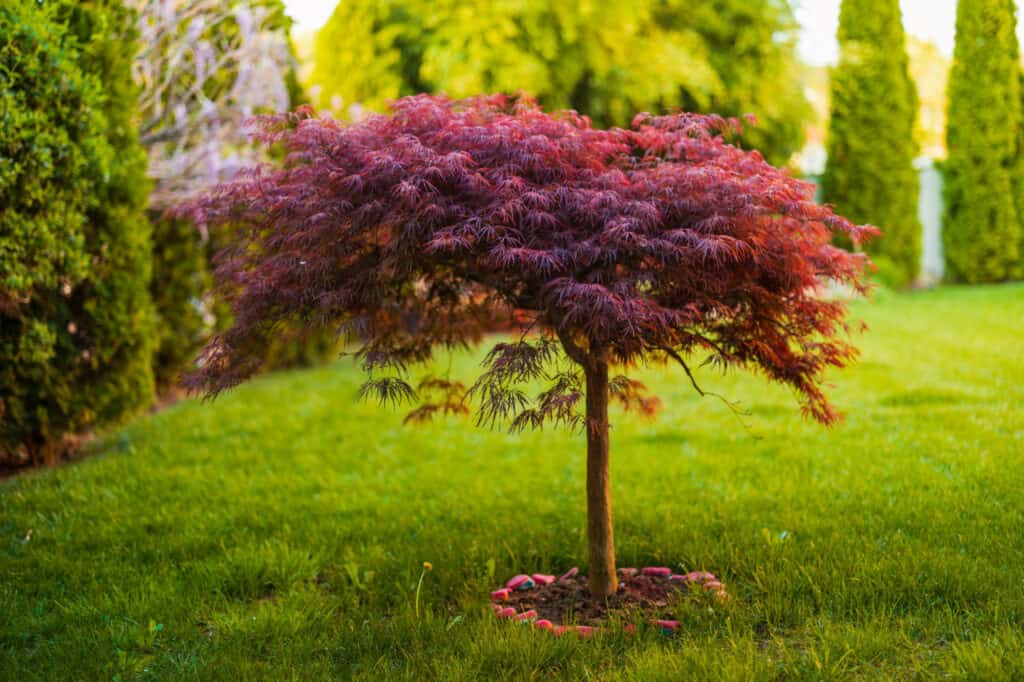
Cristian Zamfir/Shutterstock.com
Japanese maples are a relatively compact maple variety with a lot of flair and elegant features. These trees rarely reach over 40 feet tall, depending on the variety, but all of them have delightful leaves that change color with the seasons.
When it comes to choosing a Japanese maple tree that is right for your backyard or garden, you should consider the location where you live. Japanese maple trees are hardy in zones 5 through 8, but they can struggle in seemingly hot regions as well as in locations that are too frigid.
These trees are also extremely slow growing, which means you won’t have a fully grown tree for some time if you choose to grow from seed. However, it is always worth the wait, especially because you can grow a Japanese maple for free!
Japanese Maple Tree Varieties
If you do decide to purchase Japanese maple seeds, here are some extremely popular varieties to consider:
- “Coral Bark“. Also known as “Sango Kaku”, the “Coral Bark” Japanese maple variety has light pink branches and foliage that turns yellow, red, or green depending on the season.
- “Bloodgood“. Reaching up to 20 feet tall, the “Bloodgood” variety of Japanese maple is iconic and covered in rich red foliage. This variety is perfect for the smaller garden.
- “Hogyoku“. Thriving in hardiness zones 5 through 9 and more heat tolerant than other varieties, this Japanese maple has yellow leaves for most of the year, and bright orange ones in fall.
- “Crimson Queen“. A weeping variety of Japanese maple, “Crimson Queen” is known for its lacy leaves that turn various shades of red depending on how much light it receives.
- “Autumn Moon“. Bushy and compact in appearance, “Autumn Moon” Japanese maple trees have bi-colored foliage that ranges from yellow and orange to a deep reddish purple.
Germinating and Growing a Japanese Maple Tree from Seed
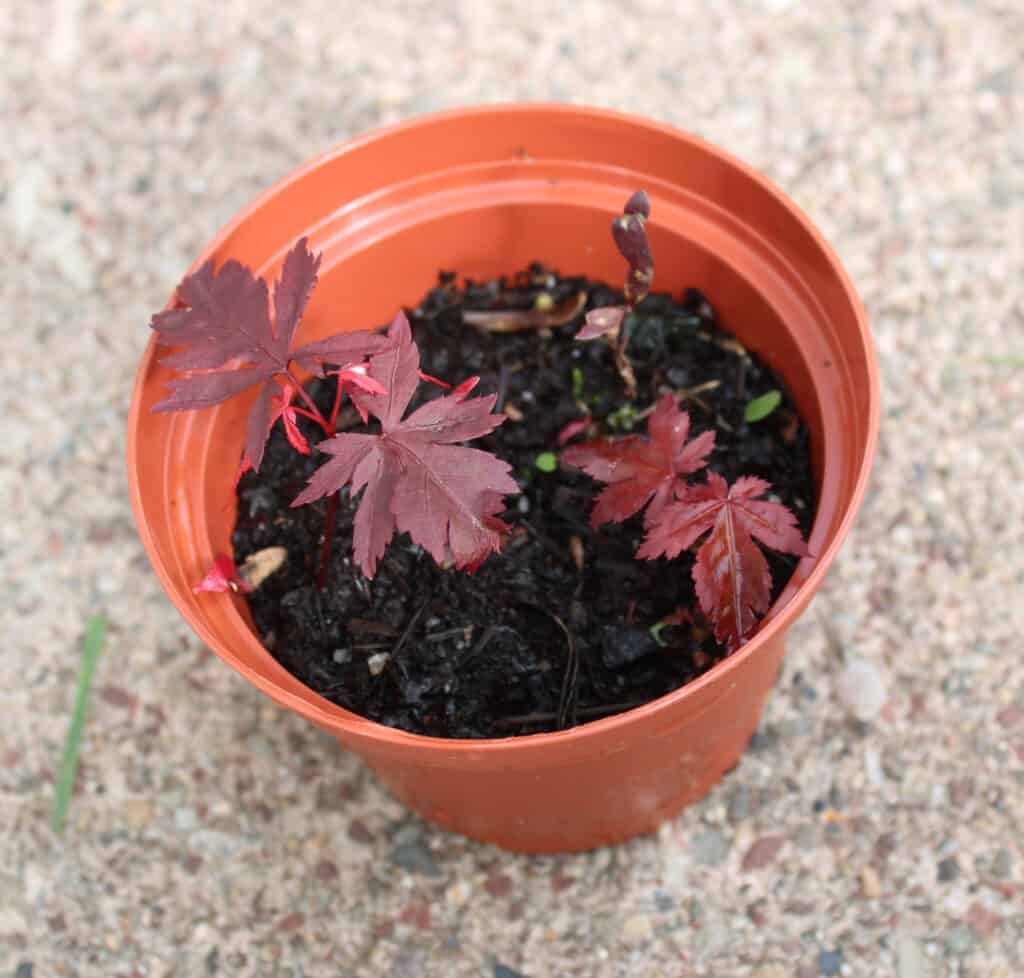
Roca Mharas/Shutterstock.com
It’s surprisingly easy to grow your own Japanese maple tree from seeds, whether you harvest them yourself or purchase them from a nursery. Here’s how to germinate and plant your seeds for best success:
- Soak your seeds. Japanese maple seeds have a hard outer coating that needs to be softened. Soak your maple seeds in warm water for 24-48 hours before doing anything else with them.
- Stratify your seeds. Whether you do this in your backyard or your refrigerator, Japanese maple tree seeds need to be placed in a cold location to stratify. They will not germinate without this process. Place your seeds between damp paper towels or in a moist plastic bag of soil, or perhaps plant them in flats of soil outside for your winter season. Then, keep them at roughly 40 degrees Fahrenheit for three months.
- Plant your seedlings. After the stratification process is over, you can plant your Japanese maples. Choose compact containers and only bury the seeds a half inch or less. Water your seedlings, and let them grow!
Harvesting Japanese Maple Seeds
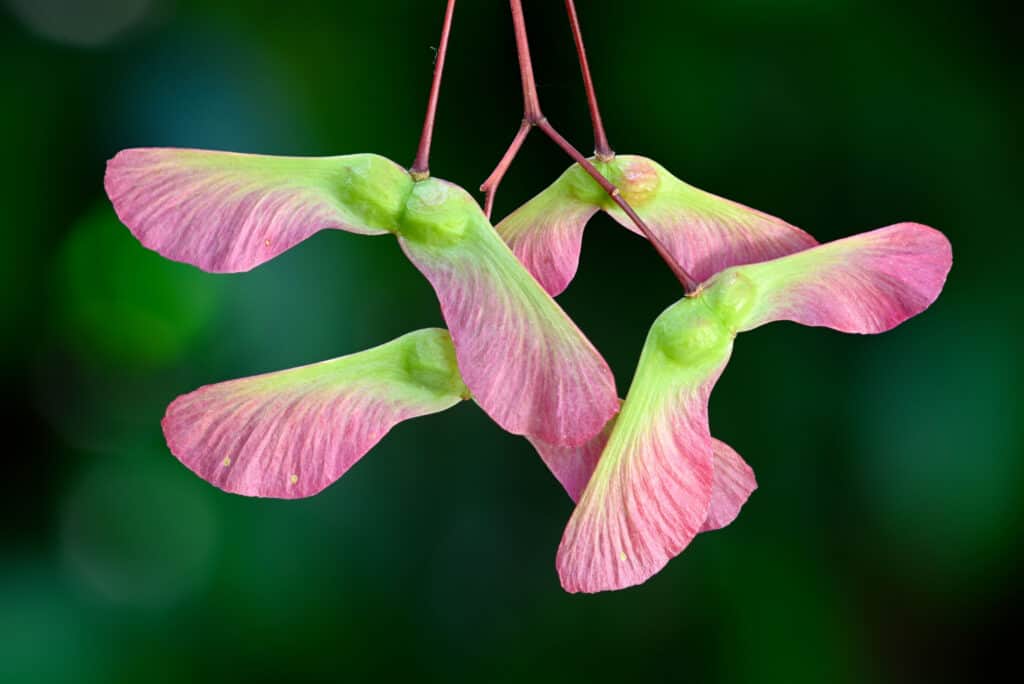
AlessandroZocc/Shutterstock.com
You likely already know what maple seeds look like, and Japanese maple seeds are no exception. All winged maple seed pods contain a couple of seeds inside. This is all you need to start your own Japanese maple tree! Simply collect the maple wings, either from the ground or an existing tree. Break off the wings and begin the growing process.
Will My Japanese Maple Tree Look the Same as its Parent Tree?
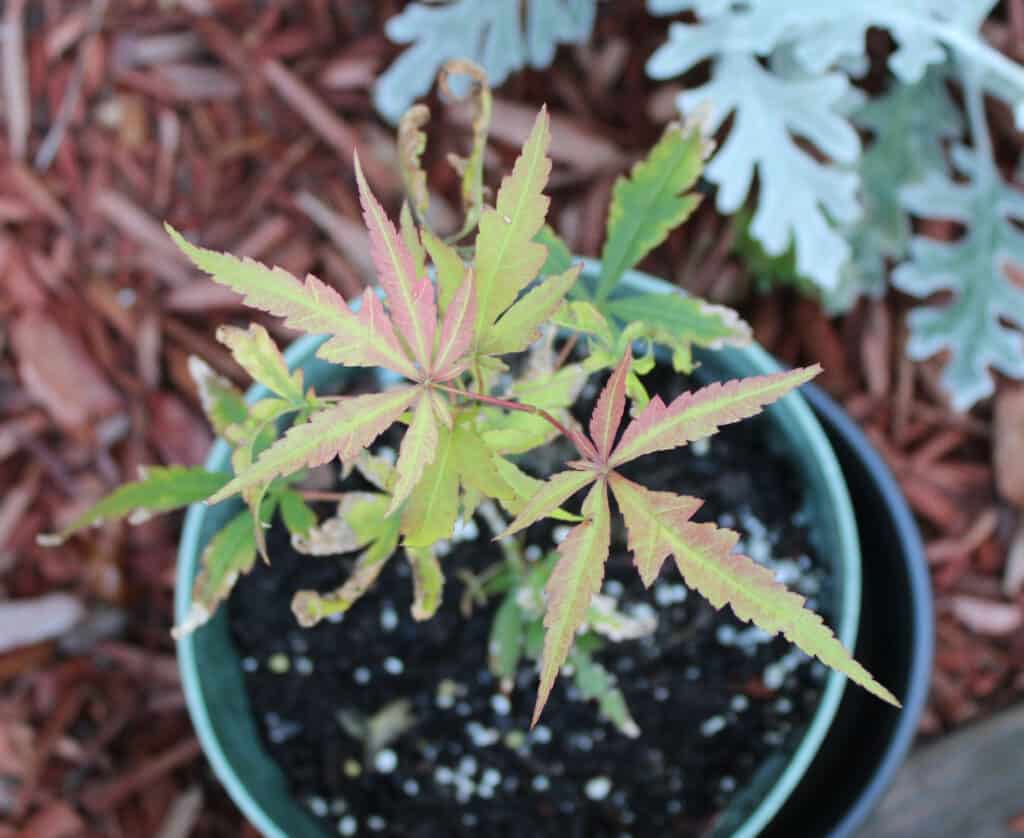
Roca Mharas/Shutterstock.com
Japanese maple trees do not produce seeds that are true to their parent plants. Even if you collect Japanese maple seeds from a specific cultivar or maple variety, there is no guarantee that the seed or tree that grows from said seed will look anything like the tree you picked it from.
However, there’s no reason not to still grow your own Japanese maple. Now you know to expect the unexpected!
Up Next
The post Japanese Maple Seeds: Grow Your Own Maple Tree! appeared first on AZ Animals.
from Animal News, Facts, Rankings, and More! - AZ Animals https://ift.tt/B1jHWn6